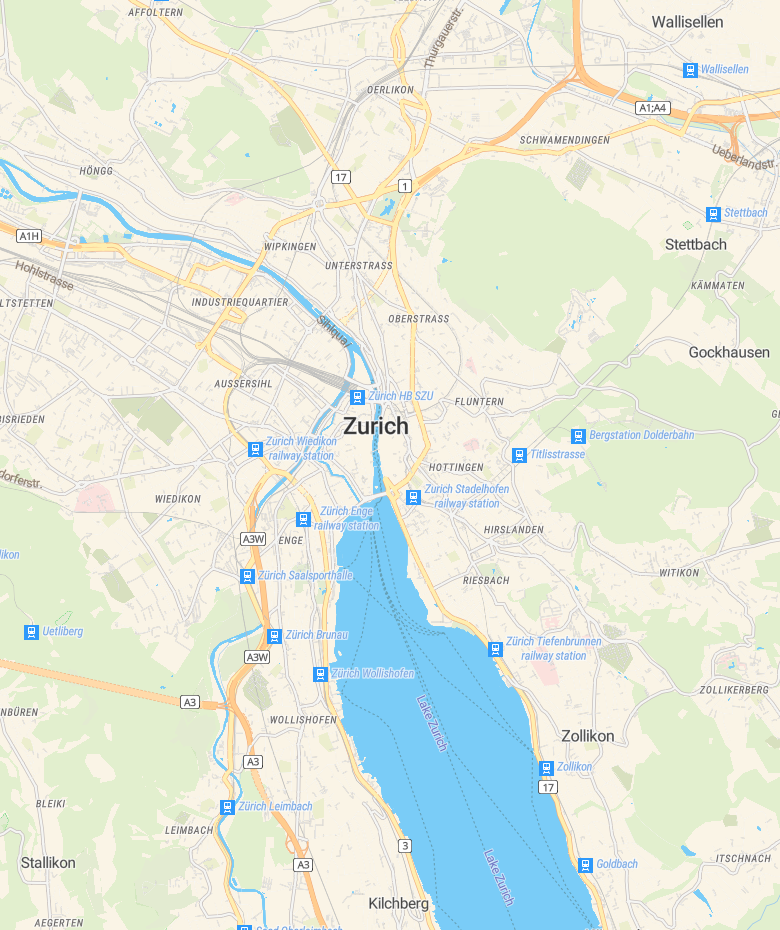Maptitude topographic mapping software can create and displaytopographic maps that show a variety of different features andelements using relief imagery and contour lines. Maptitude also includes detailedmaps that show both natural and man-made features.
You can create contour maps of elevations and determine theviewshed for any location, either at ground level or at a particularheight. You can also calculate an elevation profile and findshortest routes over terrain.
Maptitude makes it easy to access free imagery from the Internetfor any location in the world. Maptitude Web Map Layers give youaccess to satellite and imagery from several internet sources. WebMap Layers automatically update the image resolution and location asyou move about your Maptitude maps. Maptitude also includes the WMSImage toolbox that lets you download aerial photos, maps, andtopography with the click of a button. The Google Earth toolbox letsyou use Google Earth images with your maps, add your maps to GoogleEarth, and synchronize the scales of Maptitude with Google Earthmaps. You can also easily add imagery to your maps such as Google Mapsterrain and USGS topographic tiles.
Maptitude GPS support includes the ability toread/animate/import GPS data, overlay tracks with aerial photos andtopographic or vector maps, track real time GPS locations, createvector line/point layers from GPS playback files, and import/exportformats such as GPX (the GPS Exchange Format) and GDB (the GarminMapSource format). Maptitude supports many other file formats including those used by theOrdnance Survey (more...) and supports the display of topo maps(topographic maps) as can be seen inthis video.

Maptitude supports digital elevation models (DEMs) and U.S.Geological Survey Digital Line Graph (DLG) format Files. The UnitedStates Geological Survey (USGS) provides topographic data for the USas a series of rectangular grid DEM products. Elevation data arederived from photogrammetric data sources and direct capture fromUSGS topographic maps. DEM are provided for 1-degree grids for thewhole of the US, for 7.5 minute and 2-arc-second (also known as30-minute) grids for the whole of the US except Alaska, and for 15minute grids in Alaska. The 7.5 minute DEM data are sold as unitsthat correspond to the 7.5 minute topographic quadrangles. The 7.5-and 15-minute DEMs are included in the large scale category while2-arc-second DEMs fall within the intermediate scale category and1-degree DEMs fall within the small scale category. Each USGS DLGfile contains all the entities of a particular feature classdigitized from a single topographic map. The maps are rectangularand can be tiled together nicely, except for their 1:2,000,000 scaleproduct, which consists of regional groups of states. Given multipleadjoining files, Maptitude can import them together to create asingle geographic database for a larger region.
In addition, Maptitude supports three other DEM formats:
- GTOPO30, a worldwide DEM using a 30- x 30-arc-second dataspacing on a longitude-latitude grid.
- NOAA’s National Geophysical Data Census (NGDC) GRD98 formatused for the coastal relief model which includes both elevationand bathymetry data.
- NGA's Digital Terrain Elevation Data (DTED®) is a DEM formatusing the file extensions .dt0, .dt1, and .dt2 for Levels 0, 1,and 2.
The DTED format is used for the Shuttle Radar Topography MissionDEM data, with coverage between 60N and 56S latitudes in February2000. The horizontal datum is WGS84 and the vertical datum is themean sea level of the EGM 96 geoid. Elevation is based on thereflective surface, which may be the ground, structures, orvegetation. DTED Level 2 elevations are one arc second apart between0 and 50 degrees latitude, and one arc second apart in latitude andtwo arc seconds apart in longitude between 50 and 60 degreeslatitude. SRTM DTED Level 1 values are the SRTM DTED 2 values spaced3 arc seconds apart between 0 and 50 degrees latitude, and spaced 3arc seconds apart in latitude and 6 arc seconds apart in longitudebetween 50 and 60 degrees latitude. For more information see http://srtm.usgs.gov/.
Cherokee Map Program
Buy Now Learn more about Maptitude


OpenTopography Open Source Software. All open source software algorithms and tools developed by OpenTopography are distributed via our GitHub space. OpenTopography’s GitHub space is also available to host software developed by our partners and the Earth science user community. Software developed and used by OpenTopography currently available. The Land Survey Software allows professionals to create, move, rotate, annotate and plot for generating the final land survey CAD drawing. To help you learn the designing of a landscape, there are free. software download programs and options that are equipped with advanced graphical interfaces that can be owned for a specified trial period which may range from 7 to 30 days.
- 3D CONTOUR MAPS. 3DField converts your data into contour maps and surface plots. It creates a 3D map or a contour chart from the scattered points, numerical arrays or other data sets. All aspects of 2D or 3D maps can be customized to produce exactly the presentation you want. The software component SWLib and others are available.
- Surfit is a computer program which enables to calculate regular grid from various data (scattered points, 2D and 3D contours, surfaces, etc) in different ways (interpolation, approximation, inequalities, etc). Surfit implements the original gridding method.
- Contour lines are generated from the Voronoi edges. If a contour line is generated for some elevation h, a Voronoi edge will be included in the countour if one of its adjacent faces has a height less than h while the other has a height greater than or equal to h. A flow map is generated by tracing the route that water would flow over the map.

Display topo maps or satellite imagery inyour digital maps
Contour Map Program Open Source File
Create and display topographic mapsfrom digital elevation models and other point data.
Topographic analysis tools let you findareas that are impacted by the construction of buildings,towers, wind turbines or let you identify good locations forfire towers or communications equipment. The proposed towerindicated in this map is not visible in the shaded portions ofthe map.
View 3D maps based onelevations or other statistical data. In this map, locations with high job concentration areshown with a higher elevation.